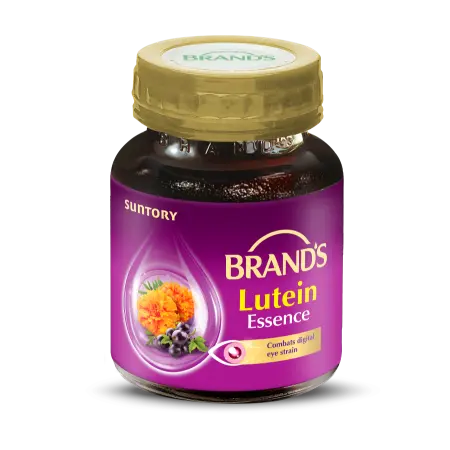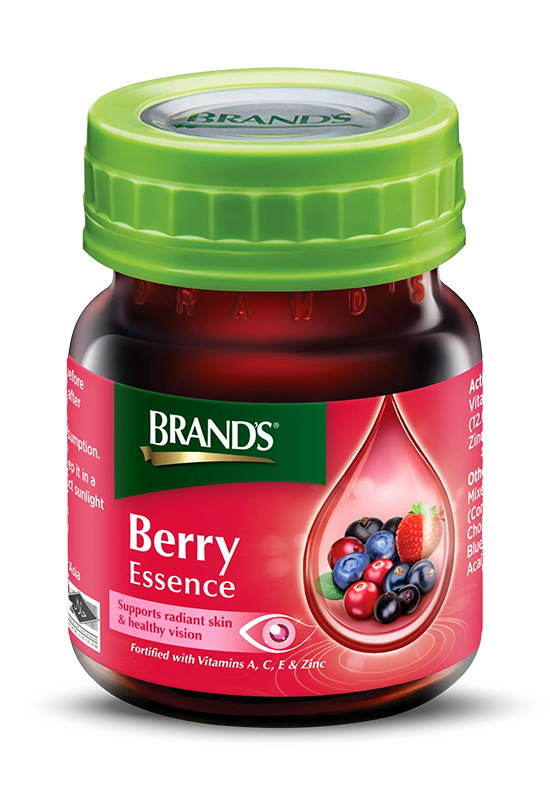01
Start slow, go easy
The body is designed to adapt to the rigors of running. But this adaptation takes time. If you push yourself over the limit before your body is ready, the results can be dreadful – a knee injury for example, that forces you to stop training just when you’ve finally built up some momentum. To properly ease yourself into a routine, start with runs no longer than 20 to 30 minutes and work in 10 to 15-minute increments and a faster pace as you go along. Take note to also allow for recovery time as it’s a crucial period when muscles heal and become stronger.
02
Pick the right pair
Because running is a high-impact sport, cushioning and comfort in a pair of runners are top priorities. Running shoes are designed to provide cushioning for forward motion as well as motion control. Investing in a proper pair of running shoes can help to lower the risk of injury.
03
Practise good technique
Although running styles vary by individual, there are some good practices to adopt. Keep your breathing rhythmic and consistent. Utilise short strides with your legs bent beneath your body rather than fully extended on impact. Maintain an upright posture. And find a comfortable running cadence, which is the amount of steps you take per minute. A high cadence means each foot spends less time in contact with the ground supporting your weight, helping to reduce strain.
04
Always warm up and cool down
Warm-ups generate body heat, lubricate the joints and increase blood flow to the muscles and joints. Dynamic warm-ups work best before a run – brisk walk for two to five minutes followed by a 10-minute jog. Exercises such as lunges, skipping and high-knees help to loosen and activate your muscles. Cooling down aims to bring down your heart rate steadily, and involves walking, slow jogging and dynamic stretching exercises such as butt kicks and jumping jacks. It prevents the pooling of blood in the body’s extremities, which can cause dizziness or fainting. Stretching after a workout when your muscles are more elastic and pliable, increases joint mobility and eases joint tension.
05
Feed your body right
What you put in your body before and after a run is more important than you think. You can base your diet on the length and intensity of your workout, the workout conditions and your nutritional status. As a general guide, stay properly hydrated and eat foods such as salmon, cherries, kale, bananas, oatmeal and whole-grain pasta. These food items work as great running fuel, as they provide the body with proteins, vitamins, healthy fats and quality carbohydrates.
Protecting your joints is just as crucial as fueling your body. Taking Hydrolyzed Type II Collagen and UC-II, a type of collagen that has been proven to be two times more effective in promoting joint comfort and mobility, than a combination of glucosamine and chondroitin.
The benefits of UC-II and Hydrolyzed Type II Collagen:
- Reduce inflammation and degeneration of collagen in joint cartilage
- Protect existing joint structure from further deterioration
- Provide the building blocks for cartilage production
- Repair damaged cartilage
- Maintain joint flexibility

 Singapore
Singapore
 Australia
Australia
 Canada
Canada
 Hong Kong
Hong Kong
 Malaysia
Malaysia
 Indonesia
Indonesia
 Taiwan
Taiwan
 United Kingdom
United Kingdom
 United States
United States
 Vietnam
Vietnam
 Myanmar
Myanmar
 Thailand
Thailand
 Carnosine
Carnosine
 Lutein
Lutein
 Astaxanthin
Astaxanthin
 Vitamin E
Vitamin E
 Vitamin A
Vitamin A
 Kids
Kids
 Students
Students
 Young Professionals
Young Professionals
 Stay-at-home Mom & Dad
Stay-at-home Mom & Dad
 Working Mom &Dad
Working Mom &Dad
 Business Professionals
Business Professionals
 Service Professionals
Service Professionals
 Silver
Silver
 Silver+
Silver+















